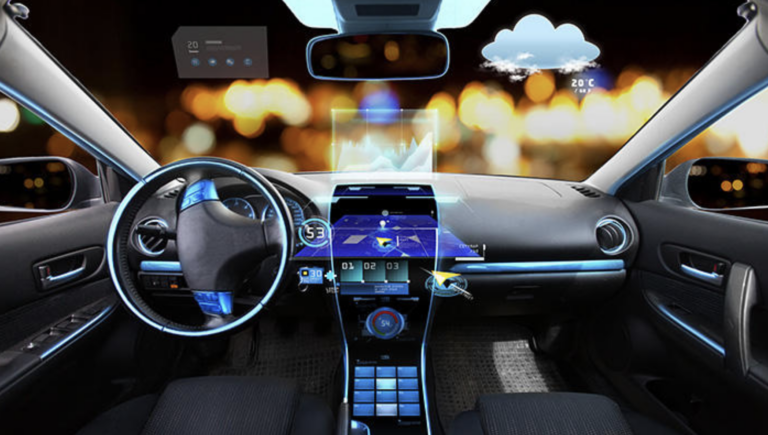The California Public Utilities Commission (CPUC) has approved two new autonomous vehicle (AV) programmes that will allow companies to provide safe passenger transportation services, including a fully driverless taxi scheme with remote safety drivers.
The decision creates two new deployment programmes: the Drivered Autonomous Vehicle Deployment Programme and the Driverless Autonomous Vehicle Deployment Programme, the latter allowing participants to offer passenger services, shared rides, and accept monetary compensation for rides in fully autonomous vehicles with safety drivers able to remotely take control of vehicles in the event of an emergency.
Companies must hold either a Charter-Party Carrier Class P permit or a Class A charter party certificate in the Drivered AV Passenger Service Pilot Programme issued by the CPUC, and a California Department of Motor Vehicles (DMV) AV Deployment Permit to participate in both AV passenger service programmes in the state.
“Today we usher in an important milestone for the CPUC’s regulation of transportation in California by authorising an expanded deployment framework for autonomous vehicles that protects passenger safety, expands autonomous vehicle availability to all of Californians – including disadvantaged and low-income communities – and works to reduce greenhouse gases,” said commissioner Genevieve Shiroma, who is assigned to the proceeding. “This decision also takes important steps to support our study of how autonomous vehicle fleets can be leveraged to support the grid as a demand side management resource, dovetailing on our efforts to incorporate transportation into the electric sector.”
Companies participating in the autonomous vehicle programmes are required to submit data and quarterly reports to the CPUC with aggregated and anonymised information about the pick-up and drop-off locations for individual trips; the availability and volume of wheelchair accessible rides; the service levels to disadvantaged communities; the fuel type used by the vehicles and electric charging; the vehicle miles traveled and passenger miles traveled; and engagement with advocates for accessibility and disadvantaged communities.
Permit holders in the new driverless deployment program must submit a Passenger Safety Plan that outlines policies and procedures to minimise risk for all passengers in the driverless vehicles, including those with limited mobility, vision impairments, or other disabilities. Additionally, in light of the COVID-19 pandemic, permit holders in the program must submit a COVID-19 Emergency Plan following guidance on preventing the transmission of COVID-19.
The decision establishes four goals that apply to both the existing pilot programmes and the new deployment programmes: 1) protect passenger safety; 2) expand the benefits of autonomous vehicle technologies to all of California’s communities; 3) improve transportation options for all, particularly for disadvantaged communities and low-income communities; and, 4) reduce greenhouse gas emissions and air pollutants, particularly in disadvantaged communities. The CPUC will collect data to monitor the participants’ progress toward each of the goals.





